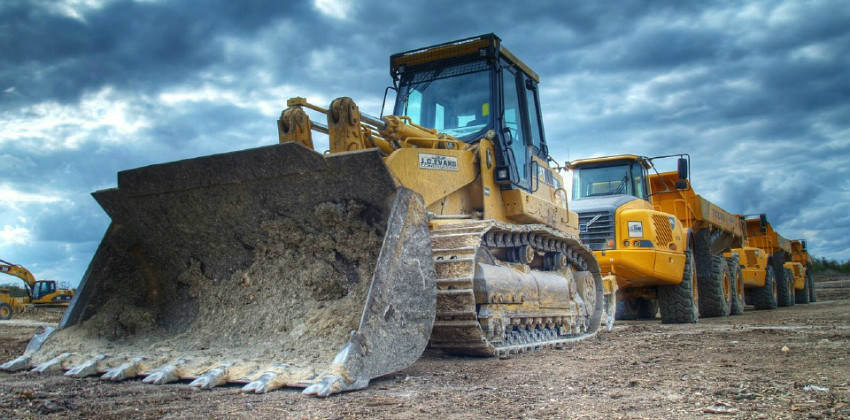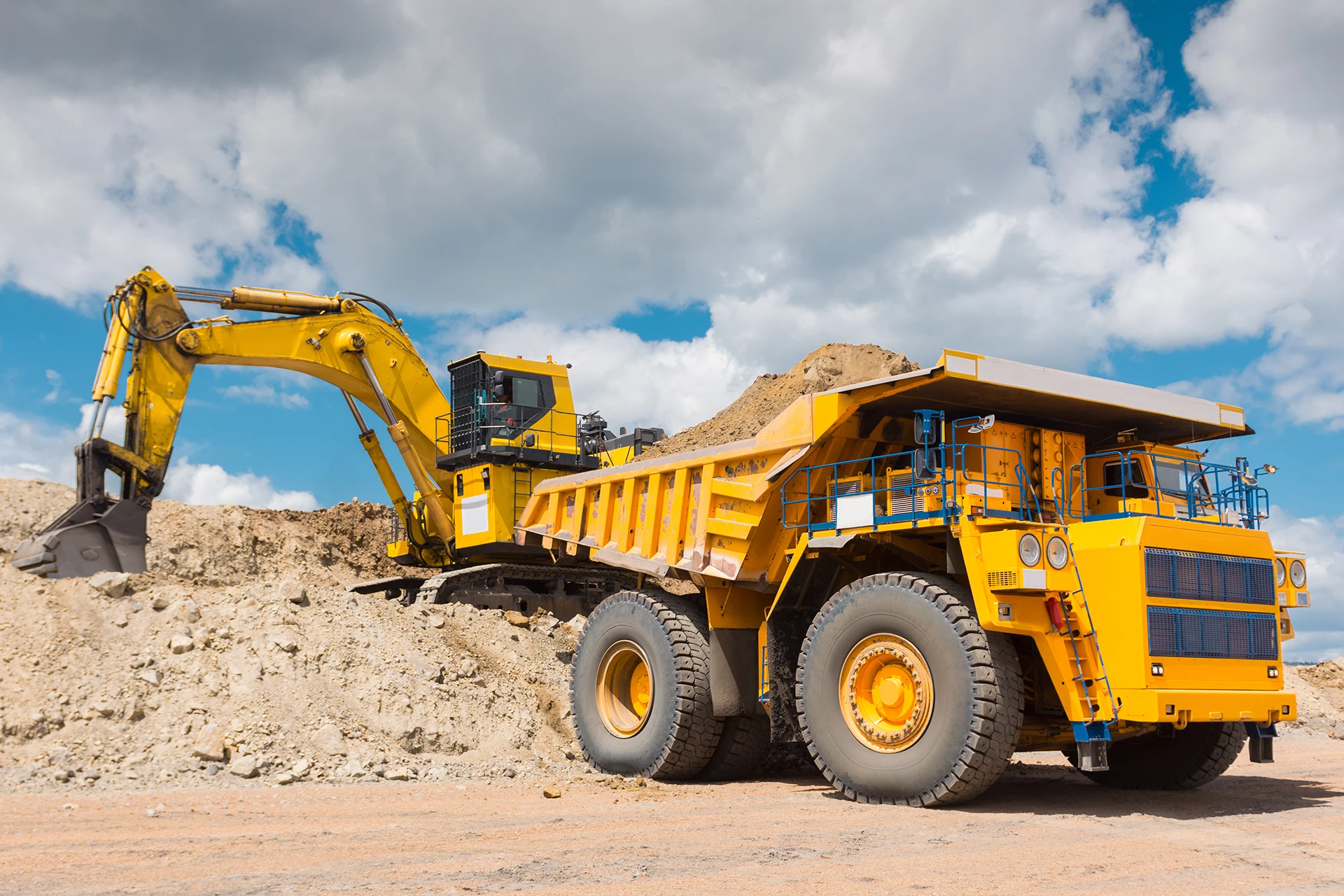Leasing Vs. Acquiring Construction Equipment: Making the Right Option for Your Project
When beginning on a construction project, one of the critical decisions that forecast stakeholders and managers face is whether to rent out or get construction tools. The choice pivots on numerous variables such as expense factors to consider, project duration, devices maintenance, threat, scalability, and adaptability administration.
Expense Factors To Consider
Renting tools often needs reduced initial settlements contrasted to buying, making it an attractive choice for short-term jobs or service providers with budget restraints. In the lengthy run, constantly renting out equipment can accumulate greater expenses than purchasing, particularly for extended tasks.
On the other hand, buying building devices involves higher in advance costs but can result in lasting financial savings, especially for regular customers or long-term projects. Ultimately, the choice between getting and renting building and construction tools hinges on the task's duration, regularity of use, spending plan considerations, and long-lasting monetary objectives.
Task Duration

Conversely, for long-lasting jobs or ongoing building and construction work, purchasing tools can be the much more affordable choice. Acquiring tools can cause cost savings in the lengthy run, specifically if the tools will certainly be regularly used. In addition, having devices supplies a sense of control over its availability and allows for personalization to fit certain job needs.

Devices Upkeep
Offered the vital duty task duration plays in identifying the most cost-efficient method in between renting and acquiring construction tools, the emphasis currently changes in the direction of checking out the crucial aspect of equipment upkeep. On the other hand, having equipment calls for an aggressive strategy to maintenance to avoid malfunctions, make certain safety, and prolong the tools's life-span. Ultimately, a properly maintained building and construction equipment fleet, whether leased or owned, is vital for the reliable and effective conclusion of construction jobs.
Flexibility and Scalability
In the realm of construction devices administration, the aspect of versatility and scalability holds substantial relevance for task effectiveness and source application. Opting to rent building and construction equipment supplies a high degree of flexibility as it enables the quick adjustment of devices types and quantities based on the developing requirements of a project. Leasing enables professionals to access a wide variety of customized equipment that might be needed for certain jobs without the long-term commitment of ownership. click here to find out more This flexibility is specifically beneficial for projects with differing requirements or uncertain durations (boom lift rental).
Renting out building devices provides the advantage of conveniently scaling operations up or down as job demands change. Specialists can quickly trade or add tools to match the job's altering needs without see this site the restraints of owning possessions that might end up being underutilized or outdated.
Danger Management
Efficient threat administration in construction equipment procedures is critical to making sure task success and mitigating potential monetary losses. Building jobs naturally include numerous threats, such as equipment breakdowns, accidents, and job delays, which can dramatically impact the job timeline and budget plan. By very carefully taking into consideration the dangers related to owning or renting construction devices, job managers can make enlightened decisions to lessen these possible dangers.
Renting construction devices can use a level of danger reduction by transferring the responsibility of upkeep and repairs to the rental business. This can reduce the financial worry on the project owner in instance of unanticipated tools failures (dozer rental). In addition, leasing supplies the flexibility to gain access to specialized devices for specific project stages, minimizing the threat of owning underutilized machinery
On the other hand, owning building and construction equipment gives a feeling of control over its use and maintenance. Nonetheless, this likewise means birthing the complete responsibility for repair work, maintenance prices, and devaluation, raising the financial dangers connected with equipment possession. Cautious threat assessment and consideration of variables such as project duration, tools use, and upkeep demands are critical in figuring out one of the most suitable choice a knockout post for effective risk monitoring in building and construction tasks.
Verdict
To conclude, when choosing between renting and purchasing construction tools, it is very important to consider cost, task period, tools maintenance, versatility, scalability, and risk administration. Each factor plays an important function in determining one of the most suitable alternative for the job at hand. By very carefully assessing these elements, job managers can make an educated decision that straightens with their budget plan, timeline, and overall job objectives.
